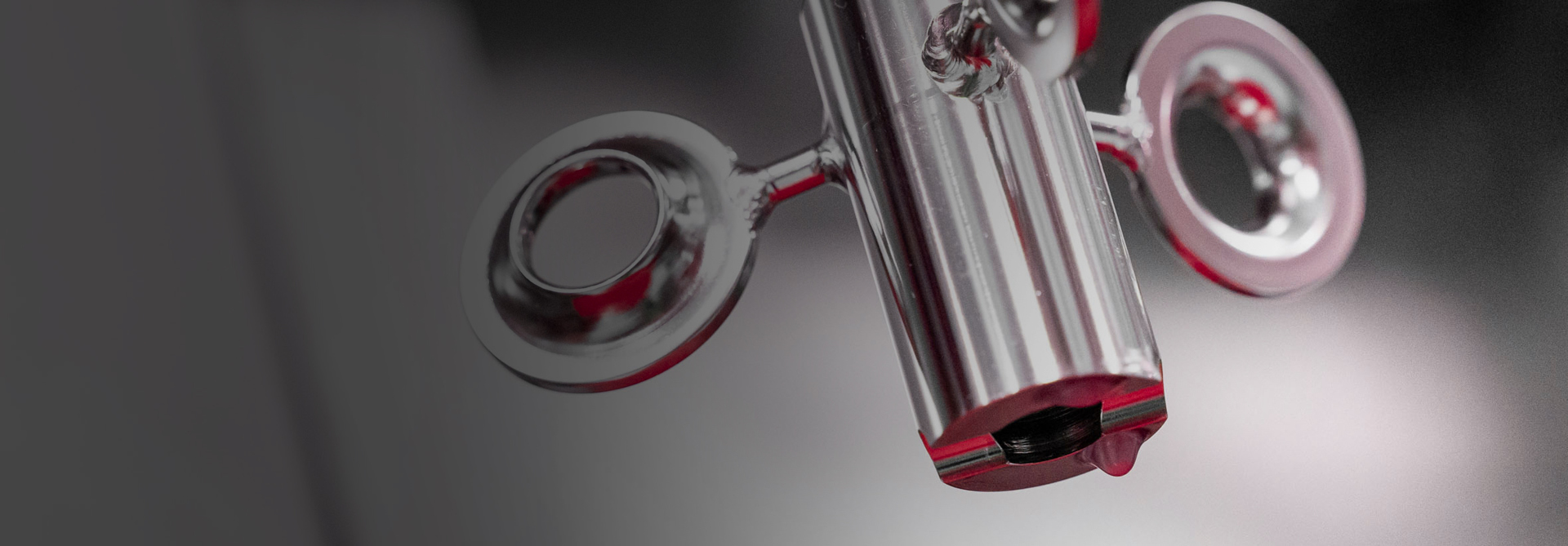WHO OFFERS CONTRACT MANUFACTURING?
There are a number of manufacturers in the USA, Europe and China seeking to attract new entrants. In general, these can be categorized into two large groups:
- OEMs (Original Equipment Manufacturers) are car brands which have their own manufacturing facilities and therefore (mostly) build their own vehicles.
- Brand-independent manufacturing partners that act as contractors to OEMs and provide a broad range of services in engineering and manufacturing. They serve as suppliers for OEMs but do not have their own car brand. For example, Magna falls into this category.
Both OEMs and manufacturing partners offer distinct benefits and drawbacks to new entrants. These will be explained in the following chapters.
OEM's: FULL SERVICE BUT TIGHT PRESETS
The key advantage of contracting with an OEM is that their service extends past the serial production stage. This means that a new entrant who teams up with an OEM might also have access to their after-sales network. The organization of spare parts and service facilities may also be included in the cooperation. Overall, the closer the alignment of the new entrant to the OEM in terms of features and technical components results in an arguably faster time-to-market, as even fewer processes need to be established from the ground up than with a production partner.
In exchange for this comprehensive service however, a new entrant will very likely need to make some considerable compromises in terms of the features they may have envisioned. OEMs operate under their own brand(s) and therefore also have factories and tools tailored to the manufacturing and development needs of their own vehicles. Unless they have the necessary plans and finances to produce in high quantities, new entrants would have to specify their vehicle according to the OEMs requirements.
This could mean that the new entrant may have to make some compromises when it comes to their personal wishes and plans, such as any altering the vehicle platform.
In summary, although a new entrant can leverage a full service from start to finish in terms of the features, technical facts and in some cases even their distribution network, they may have to be more flexible when collaborating with their partner.
Manufacturing Partners: Limited Post-Release Support But Large Flexibility
Unlike OEMs, manufacturing partners are not actively delivering their vehicle to the end-user. This means that they don’t possess an after-sales network – and consequently do not offer this service to new entrants either. For the new entrant, this means that a vendor network and more importantly, an after sales-service network needs to be established by themselves.
In return, the biggest advantage of a manufacturing partner by far is the flexibility they can offer a new entrant. A manufacturing partner adapts their infrastructure according to the vehicle planned, not vice-versa. Meaning that compartments such as the vehicle platform, supplier networks, and features can be aligned much closer with the new entrant’s vision.
And lastly, although after-sales management is not covered by a manufacturing partner, their service still serves as a one stop-shop for the entire industrialization process of a vehicle. Meaning that the new entrant will receive support throughout the entire process. From their vehicle’s idea generation to feasibility and concept phases, prototyping, supply management and vehicle development up to serial production, a manufacturing partner offers comprehensive services to new entrants – including quality management and all organizational processes as well as facilities, equipment, manpower and the invaluable asset that is experience. All of this results in a new entrant, who can keep a maximum of freedom in realizing their vision and establishing their branding, marketing and sales strategies.
In summary, while a manufacturing partner may not offer an after-sales infrastructure for the new entrant, their business model grants external parties notably more freedom by default. It allows new entrants to implement their vision much more in-line with their personal wishes all while still circumventing many of the largest beginner’s obstacles.





